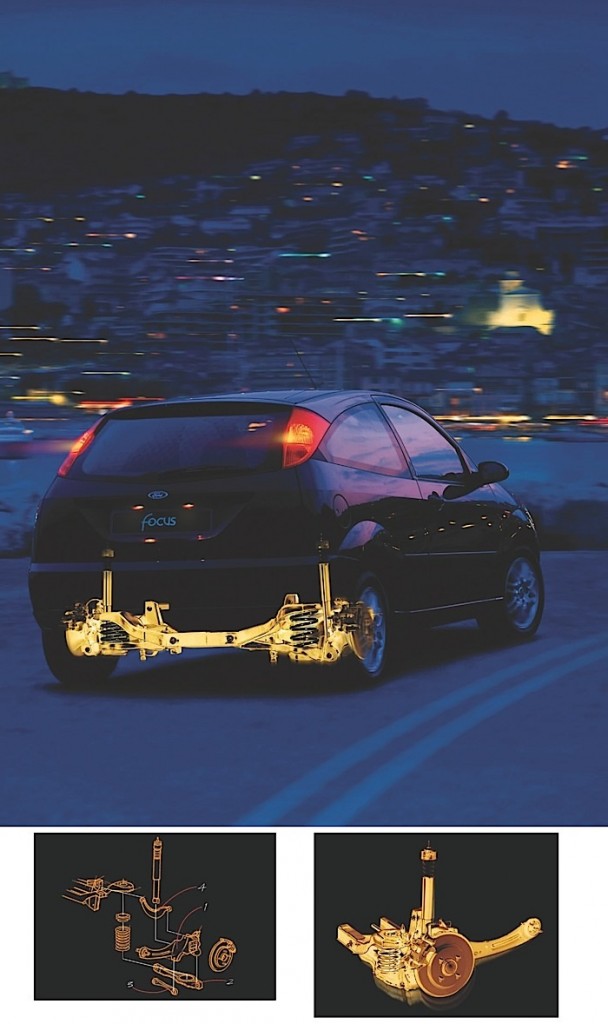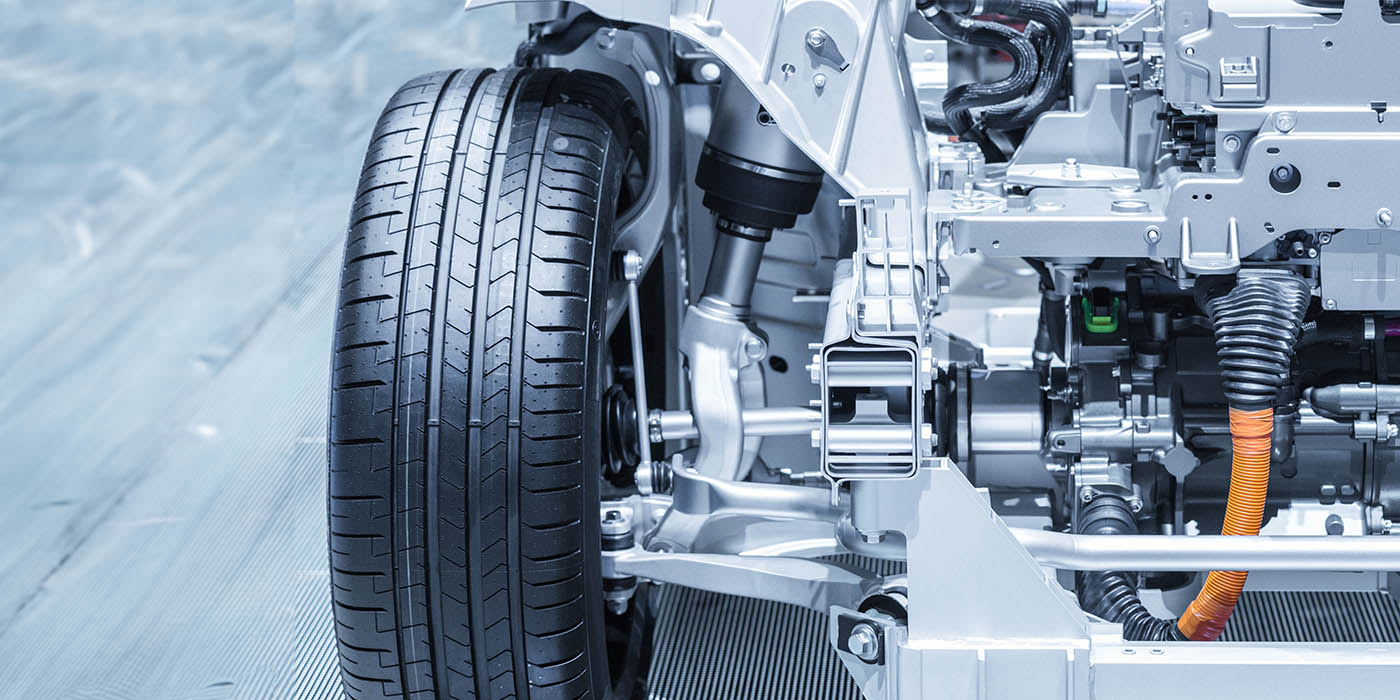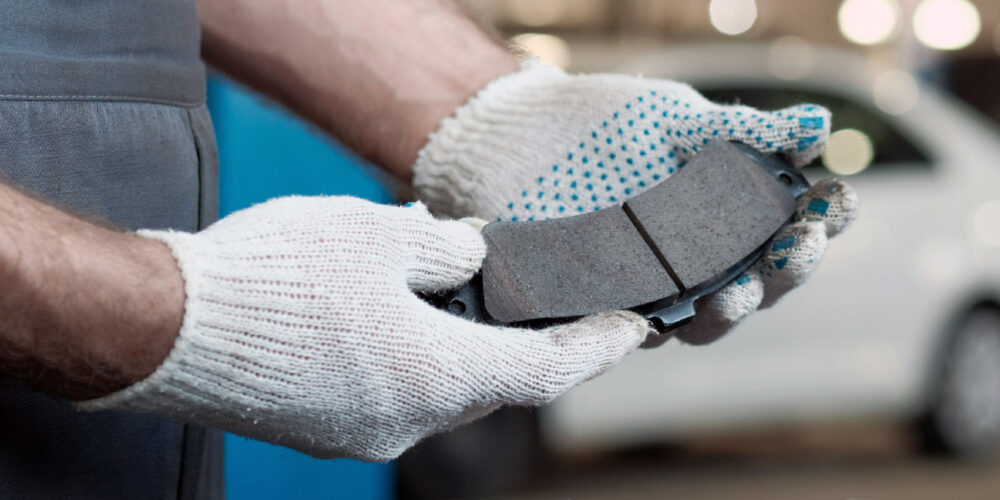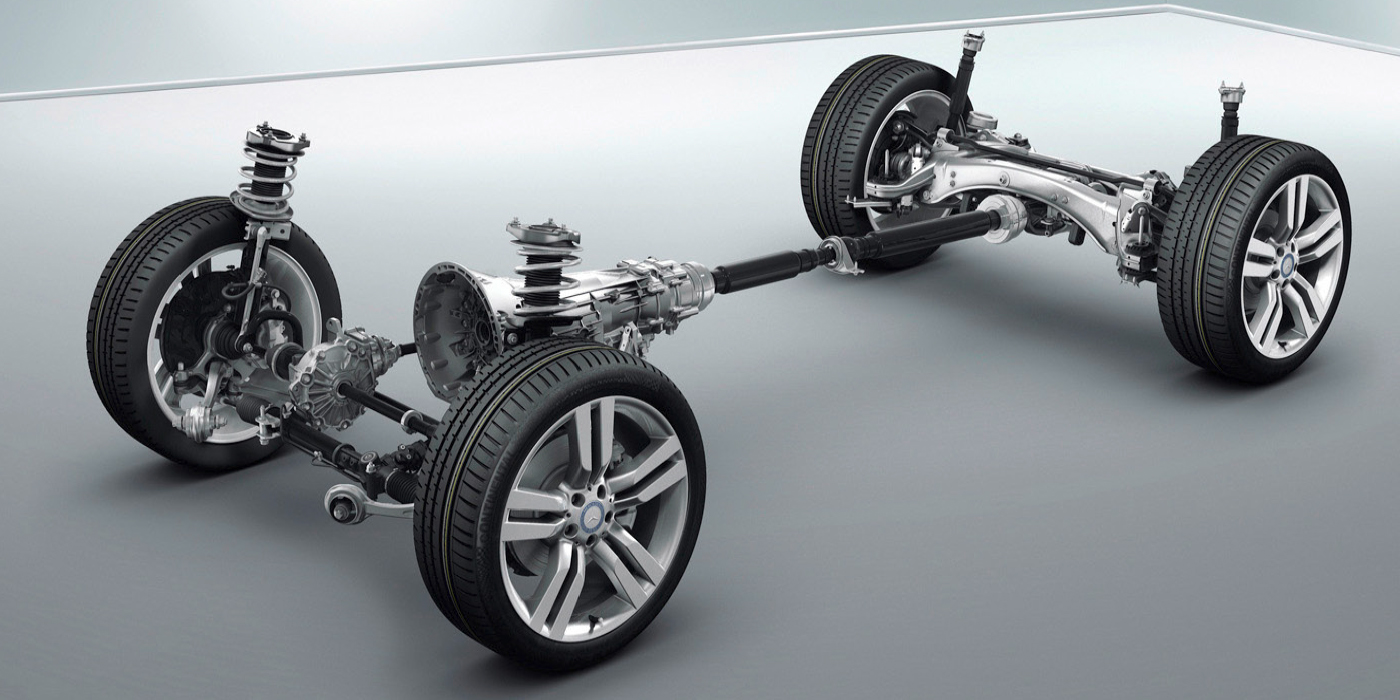2000-2010 Ford Focus Suspension
In 2000, the Ford Focus represented a radical change in the domestic small-car segment. But even a decade later as the second-generation Ford Focus platform (2008-11) went into its last year of production, not much had changed in the alignment department besides the specs from year to year.
The second-generation Ford Focus used the same suspension configuration as the 2000-2007 models.
Front Suspension
The front suspension on these early models had no major problems or design flaws; however, 2000-2001 models were recalled for a problem with the ball joint stud pinch bolt. Also, Ford issued two TSBs on inspecting the front suspension and re-torquing the components. It was reported that the bushings in the control arms started to degrade to the point where they caused alignment and noise problems.
It is important to check the SAI and other diagnostic angles because the steering arm on the knuckle can bend, causing shuddering and excessive tire squeal at parking speeds.
In 2000, the Ford Focus set the aftermarket buzzing with the lack of factory adjustment built-in to the front suspension. Some adjustment kits work better than others depending on the amount in increments of camber or caster required. If you are replacing the front struts in one of these vehicles, it might be the right time to recommend a set of upper strut mounts that can adjust camber and caster.
But, also keep in mind that the front cradle can be shifted to alter and optimize camber and caster.
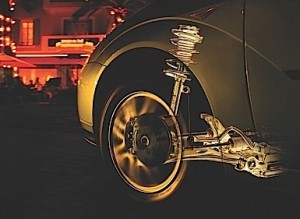
Rear Suspension
The rear independent multi-link suspension, marketed as Control Blade suspension, combines the packaging of a trailing arm with the geometry of a double wishbone suspension at considerably lower cost. Control Blade uses a wide-pressed steel trailing arm with hub carrier that takes the place of two longitudinal locating rods. The long rear lateral arm controls toe; a pair of shorter front lateral arms (vertically above each other) control the camber; and the Control Blade reacts to brake and traction loads.
Ford advises that final torquing of the rear suspension components should be carried out with the suspension loaded. This eliminates an expensive cast knuckle while lowering production costs. But, it should be noted, one of the first recalls on these vehicles was for the bolts that secure the wheel bearing hub unit to the control arm.
TSB 07-4-2: Pull Drift Corrected with Cradle Shift
Models: 2000-2007 Ford Focus
Some Focus vehicles may exhibit a light drift/pull concern due to front subframe misalignment. Previous vehicle repairs that required front subframe removal may require the subframe to be realigned to correct light vehicle drift/pull conditions. Aligning the front subframe to correct misalignment can optimize camber and caster alignment angles.
TSB 03-13-5: Suspension Rear Inner Edge Wear
Models: 2000-2004 Ford Focus
Some vehicles may exhibit rear tire inner edge wear. If a vehicle exhibits rear inner edge tire wear, and the rear camber reading is beyond the negative end of the specification (max. -2.2 Wagon, -2.3 Sedan & ZX3/5), then install revised +1.0 degree rear upper control arms.
Editor’s Note: Aftermarket adjustable upper control arms, cam bolts and shims will work just as well as the revised upper control arms.

